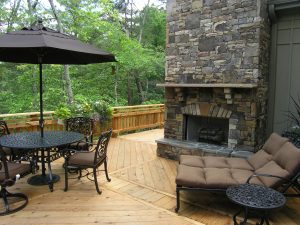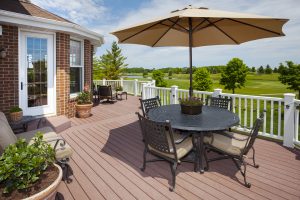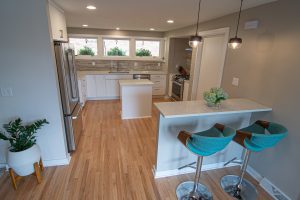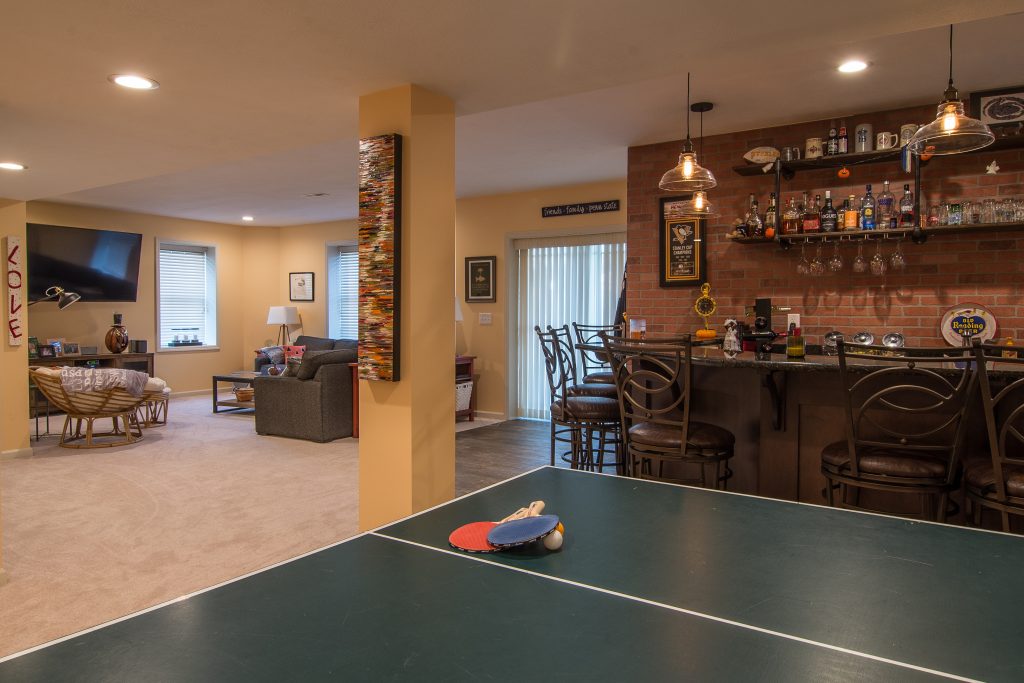Choosing The Right Decking Material
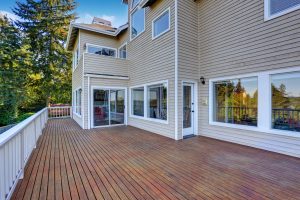
When it comes to creating your dream deck, one of the most crucial decisions you’ll make is choosing the right decking material. With a plethora of options available, each boasting unique features and benefits, it can be overwhelming to determine which material is best suited for your needs. To help you navigate this decision-making process, let’s explore some popular decking materials and their key characteristics.
Pressure-Treated Wood: Known for its affordability and durability, pressure-treated wood is a classic choice for decking. Treated with chemicals to resist rot, decay, and insect damage, this material is a budget-friendly option that offers long-lasting performance with proper maintenance.
Composite Decking: Made from a blend of wood fibers and recycled plastic, composite decking offers the look of wood without the hassle of maintenance. It’s resistant to rot, mold, and insects, making it an ideal choice for homeowners seeking a low-maintenance decking solution.
PVC Decking: PVC decking is a synthetic material that is highly resistant to moisture, mold, and mildew. It’s exceptionally durable and easy to clean, making it an excellent choice for areas with high humidity or near water, such as pool decks or waterfront properties.
Cedar and Redwood: For homeowners who prefer the natural beauty of wood, cedar and redwood decking are popular options. These softwoods are naturally resistant to decay and insect damage, making them an eco-friendly and aesthetically pleasing choice for decking.
Ultimately, the right decking material for you will depend on your budget, aesthetic preferences, and maintenance requirements. At Pittsburgh’s Best Remodeling, we offer expert deck remodeling services to help you bring your vision to life. Whether you’re looking to install a new deck or upgrade your existing one, our team is here to assist you every step of the way. Contact us today to learn more and schedule your consultation!

